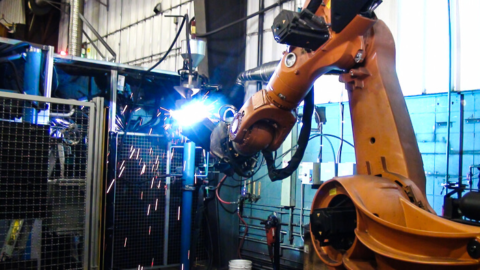
Many manufacturers using mechanical welding technology are unaware that their performance and profitability can be significantly improved with only a few adjustments in the process.
With the competitive level of the current mechanical processing industry, product quality is the vital factor for businesses. Accelerating processes while maintaining quality is a difficult exercise for any business. The changes in equipment and technology are not necessarily profitable for manufacturers, but the switching cost is something they definitely have to spend. So is there a way for mechanical machinists to limit the risks of investing in new technologies?
In a long-term race, the application of industrial robots and automatic metalworking machines has become the common trend of the industry. Even so, investing wisely can always help the organization reduce unnecessary costs. First, managers need to have an overview of what they need for their processes. A knowledge of the technologies is always required: An aluminum frame machinist does not need expensive laser welding to process thin materials, instead they only need a sensor-integrated arc welder to increase accuracy of welding lines.
Then, the advantages of each technology is something that managers need to consider. For example, welding technology in general has some of the following advantages: less metal consumption, reduced labor costs, shortened production time. However, each different welding technique has its own potential for cost reduction.
For arc welding technology, arc and molten metal protected by inert gas (Ar, He, Ar + He) do not react with liquid metal when welding or activated gas (CO2, CO2 + O2, CO2 + Ar …) works with liquid metals. To save the protective gas, welding is performed in 2 separate air streams providing focus on the arc region. The arc temperature in molten electrode welding is relatively low between 5,000 and 6,500 degrees K.
For plasma welding technology, because the cutting speed of the plasma is very high, it is often a waste if cut by hand. To solve this problem, your automated vehicle with pre-programmed cutouts creates cuts with high stability, dramatically improves product quality and minimizes product defects.
(To be continued)
Productivity and Quality Office